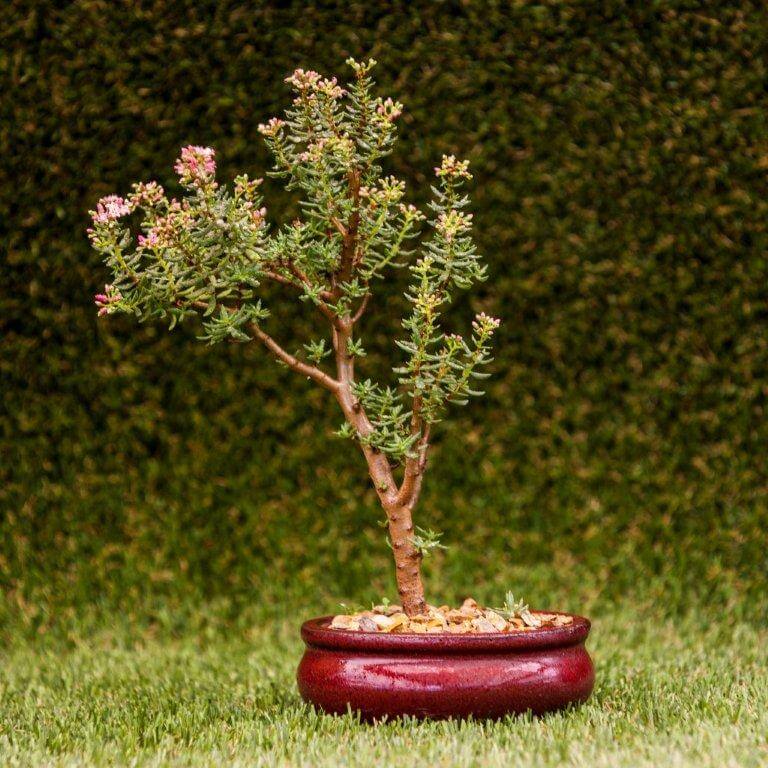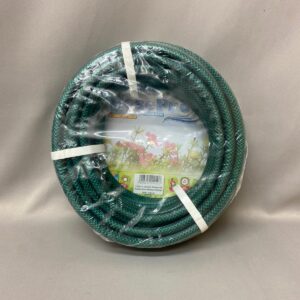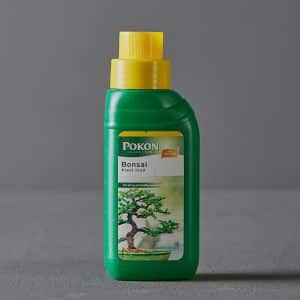Get the best out of your bonsai
DIY and how-to

The art of bonsai has been around for well over a thousand years. It first began around the year 700 AD, when the Chinese elite took to dwarfing native tree specimens for collector’s pieces and lavish gifts. The Japanese later adopted the practice, naming it ‘bon-sai,’ meaning ‘planted in container’ and it became the subject of many different styles and techniques for centuries to come.
Today, these miniature trees bring great satisfaction (read: obsession) to gardeners and hobbyists. What better way to bring a little piece of the outdoors into your home, than an easy-to-care-for, ‘mini-me tree’?
Here are some handy tips to bear in mind when bringing up your beautiful bonsai:
Be patient!
If there’s one thing your bonsai can’t live without, it’s patience. Bonsai are known to live for many years, depending on the type of tree – and should be fashioned with tenderness and respect, rather than force and torture. Crafting beautiful creatures like these takes time.
Positioning
Most bonsais prefer to be kept outdoors, where they receive at least 4-5 hours of morning sun. Should you wish to keep one indoors, consider species such as the Wild Fig, Brush Cherry, or Serissa. Be sure to place them in an area with lots of natural light, about 30cm from a window (not directly against it), and avoid heaters and air conditioners.
Watering
Bonsais require a delicate balance between not too dry and not too wet: while the soil should never be bone dry, it should also never be sodden with water. Water daily in summer, until water comes out of the holes in the drainage pot. A handy trick is to place the tree on a drip tray filled with gravel and water, making sure that the pot rests on the gravel and not in the water (this will cause root rot). If you are keeping your bonsai indoors, take it outside regularly to spray it with water to remove dust from the leaves.
Fertilising
Deciduous trees should be fed once a month during the growing season. Evergreen trees should be fed once a month throughout the year.
Pruning
New growth should be trimmed regularly to keep your bonsai in shape. Cut back any new growth that breaks the original silhouette of the tree.
Repotting
Bonsais have a small amount of soil and this must be replaced every 2-3 years in order to keep your tree healthy. If you are unsure of how to repot your bonsai, pop down to your nearest Stodels and ask.
You might also like
Shop online
-
Garden Hose 12mm
- R219.99
-
DOG FOOD DOG MAINT COMPLETE 8KG
- R199.99
-
Pokon Bonsai 250ml
- R59.99




